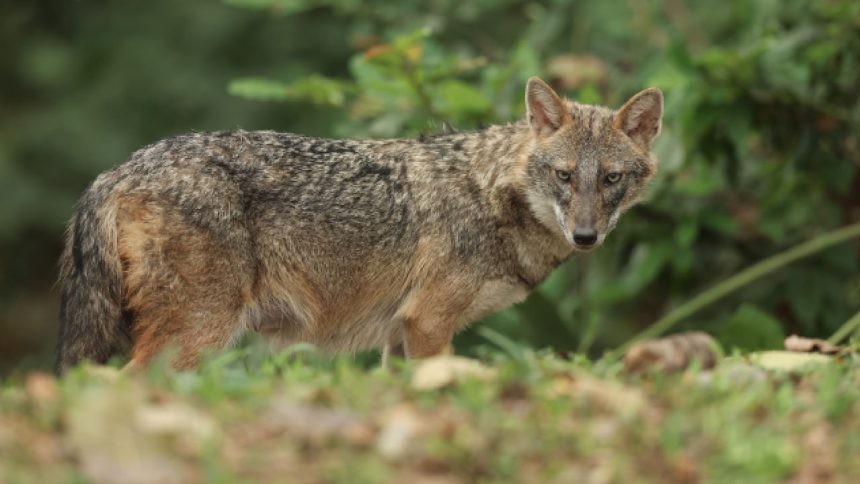New Delhi: The terror caused by the killing of 8 persons by wolves in Uttar Pradesh’s Bahraich is causing ripples in Bihar as well as panicked people resort to killing jackals amid fears of being attacked.
In Maksudpur village, a jackal was tragically killed after panic spread due to sensationalised reports about the “killer wolves” of Bahraich. The jackal, found near the ruins of the Maksudpur fort, sparked fear among locals, leading to it being cornered and beaten to death. This incident has raised serious concerns among conservationists about the impact of sensational reporting on wildlife, NDTV reported.
Wildlife Conservation Trust CEO Dr Anish Andheria attributed the panic killing to the extensive coverage of the wolf fiasco in neighbouring UP’s Bahraich. He pointed out that the recent widespread coverage of alleged wolf attacks on children in Bahraich by both national and regional media has fueled such brutal incidents in distant areas.
What caused the killing of jackals?
He further several aspects of the Maksudpur incident: the senseless killing of the animal, the mistaken identity of a jackal for a wolf, the blatant disregard for the Wildlife (Protection) Act of 1972, and the disturbing act of recording the incident, which he said reflects a sadistic mindset in those responsible.
To put into perspective, golden jackals are fairly common across the country and visilbly different from the other canid species, the Indian grey wolf.
Jackals are noticeably smaller than wolves, with shorter legs, tails, and snouts. While both species primarily inhabit grasslands and scrublands, these areas often fall outside protected zones, such as in Bahraich, Uttar Pradesh, where unchecked development and shrinking habitats pose significant challenges.
Dr. YV Jhala, an Indian scientist and former Dean of the Wildlife Institute of India, who is an expert on Indian wolves, stressed the importance of responsible media coverage. He noted that the media has exaggerated and distorted the situation, creating unnecessary fear.
He emphasised the need for vigilance, advising that adults should always accompany children, and people should sleep indoors with doors closed or blocked with thorn hedges to reduce the risk of attacks. He also highlighted the issue of a declining prey base in the region, the report said.
“There is no natural wild prey in the area,” said Dr Jhala. “Children are vulnerable to all predators including dogs if they are not looked after carefully,” he said.
Children vulnerable than livestock
Extreme poverty, coupled with inadequate housing and sanitation, and a lack of parental supervision due to absentee or working parents, creates a unique and tragic situation in this region, where children become more vulnerable to attacks than livestock.
In Uttar Pradesh, authorities have captured four wolves as part of “Operation Bhediya.” The Bahraich district magistrate, along with senior police and forest officials, has been spearheading efforts in collaboration with divisional forest officers across four districts. High-frequency drone cameras have been deployed to track the wolf pack, and the forest department has employed unconventional methods, such as using elephant dung and urine, to divert the wolves’ path during attacks.
On Sunday, officials reported that they had detected the presence of two wolves via drones and expected to capture them within the next day or two. The Indian grey wolf, a subspecies of the grey wolf, is critically endangered and protected under Schedule I of the Wildlife Protection Act, 1972, similar to the tiger.
